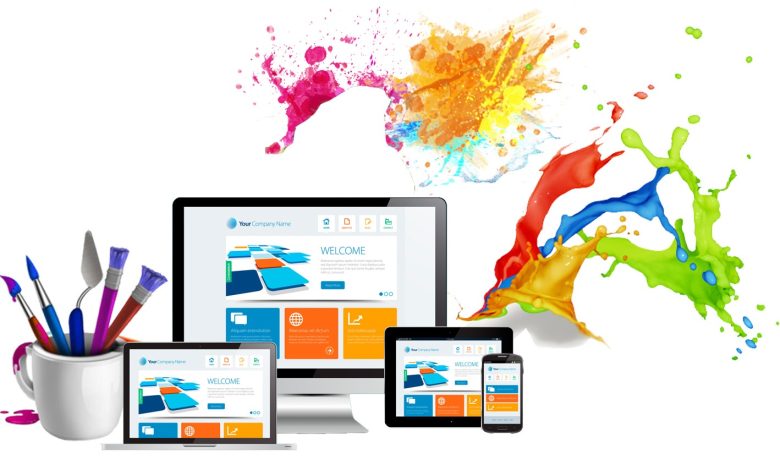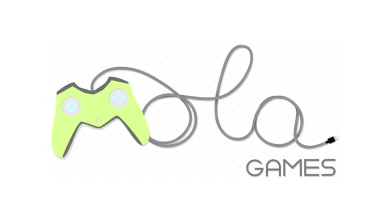How To Make Web Design Look Easy With a Comprehensive Guide

Introduction to Web Design
Web design is not easy. It’s a complex process that involves a lot of planning, coding, and testing. But with this comprehensive guide, you can make web development company look easy. We’ll show you how to plan your website, create the perfect layout, and add all the necessary features. Plus, we’ll provide valuable tips on how to test your site and make sure it’s ready for launch. By the end of this guide, you’ll have everything you need to create a beautiful and user-friendly website.
The Benefits of a Comprehensive Guide
Assuming you want a comprehensive guide to the benefits of web design:
Web design can offer many benefits for businesses and organizations of all sizes. By working with a professional web designer, you can create a website that is both visually appealing and easy to use. A well-designed website can help you attract new customers, communicate effectively with your target audience, and improve your overall branding. In addition, a good web design can also help you improve your search engine optimization (SEO) and increase your visibility online.
How to Create a Web Design Style Guide
Creating a web design style guide can seem like a daunting task, but it doesn’t have to be! By following a few simple steps, you can create a style guide that will make your web design process much easier.
1. Define Your Brand’s Voice
Before you start creating your style guide, you need to define your brand’s voice. What kind of tone do you want to set with your website? Are you formal or casual? Upbeat or serious? Knowing the answer to this question will help you choose the right words and images for your website.
2. Choose a Color Scheme
Your color scheme should be consistent with your brand’s voice. If you want a formal website, stick to traditional colors like black, white, and gray. If you’re going for a more casual vibe, feel free to experiment with brighter colors. Just make sure all of the colors you use work well together.
3. Decide on Your Fonts
Like your color scheme, your fonts should be consistent with your brand’s voice. If you want a formal website, use classic fonts like Times New Roman or Arial. If you’re going for a more casual vibe, try fun fonts like Comic Sans or Curlz MT. Again, just make sure all of the fonts you use work well together.
4. Choose Graphics and Images Carefully
The graphics and images you use on your website should support your overall message and tone
How to Implement a Web Design
Implementing a web design can be easy if you have a comprehensive guide. This guide will show you how to implement a web design using some simple steps.
First, you need to find a good web hosting service that meets your needs. You can use a shared host, virtual private server (VPS), or dedicated server. Once you have found a good web hosting service, sign up for an account and pay for the service.
Next, you need to choose a domain name for your website. This is the address people will use to access your site. Choose a name that is short and easy to remember.
After you have registered your domain name and set up your web hosting account, it’s time to start building your website. You can use a content management system (CMS) like WordPress or Joomla!, or you can hand-code your site from scratch. If you’re not sure which method to use, there are plenty of resources online that can help you decide.
Once you’ve chosen how you’re going to build your site, it’s time to start adding content. Begin by creating pages for each of the sections of your site. Add text, images, and other media to each page to make it unique. Make sure to proofread everything before publishing it online!
Finally, once everything is ready to go, it’s time to launch your website and start promoting it online! Use social media, email marketing, and
How to Maintain a Web Design
Assuming you want tips on how to keep your web design looking good:
1. Do your research
When you’re first starting out, it’s important to do your research and find out what kind of design is best suited for your website. You can do this by looking at other websites in your industry and seeing what they’ve done with their own designs. If you have a specific vision for your website, make sure to communicate that with your designer so they can bring it to life.
2. Use high-quality images
One of the most important aspects of web design is using high-quality images. This will make your website look more professional and credible. Try to use photos that are relevant to your business or industry, and make sure they’re of good quality. You can also use graphics or illustrations to add some personality to your site.
3. Keep it simple
While you want your website to look good, you also don’t want it to be too complicated or overwhelming for visitors. Keep the design clean and simple, and focus on creating easy-to-use navigation. This will help ensure that visitors have a positive experience on your site and are able to find the information they’re looking for quickly and easily.
4. Be consistent
Once you have a design that you’re happy with, it’s important to be consistent with it across all of your pages. This includes using the same colors, fonts, and overall layout throughout the site
The Different Aspects of Web Design
Web design encompasses many different skills and disciplines in the production and maintenance of websites. The different areas of web design include web graphic design; interface design; authoring, including standardised code and proprietary software; user experience design; and search engine optimization. Often many individuals will work in teams covering different aspects of the design process, although some designers will cover them all. The term “web design” is normally used to describe the design process relating to the front-end (client side) design of a website including writing markup. Web design partially overlaps web engineering in the broader scope of web development company. Web designers are expected to have an awareness of usability and if their role involves creating markup then they are also expected to be up to date with web accessibility guidelines.
The Different Tools Used in Web Design
There are a variety of different tools that can be used in web development company, but some of the most common and essential ones include HTML, CSS, and JavaScript. These three languages are used to create the structure, style, and interactive elements of websites.
HTML (Hypertext Markup Language) is used to add content to a website. This includes things like text, images, and links. CSS (Cascading Style Sheets) is used to add style to a website. This includes things like fonts, colors, and layouts. JavaScript is used to add interactivity to a website. This includes things like form validation, button clicked events, and file uploads.
There are many other tools that can be used in web design, but these three are the most essential. With these languages, you can create just about any type of website imaginable.
Conclusion
Designing with web development company can seem intimidating and overwhelming, but with the right tools and knowledge, it doesn’t have to be. With our comprehensive guide on web design, we hope that now you have all of the information necessary to create attractive and user-friendly websites. No matter what industry or purpose your website is for, there are a few key components that must remain consistent throughout in order for people to use it effectively. If you follow our advice step-by-step from start to finish, making web design look easy is definitely achievable!



